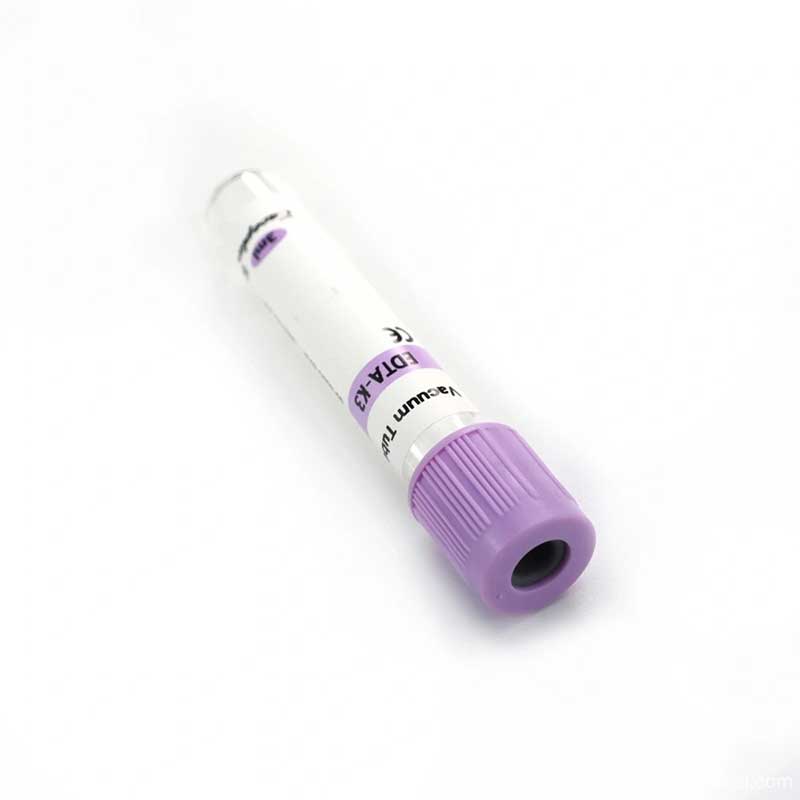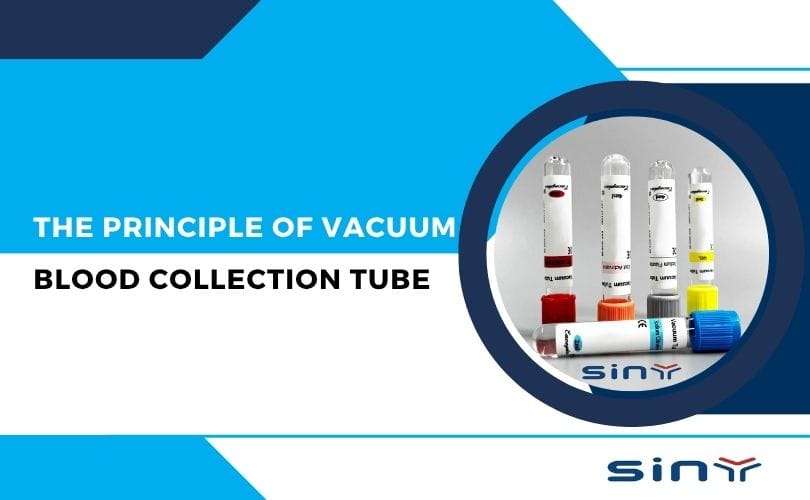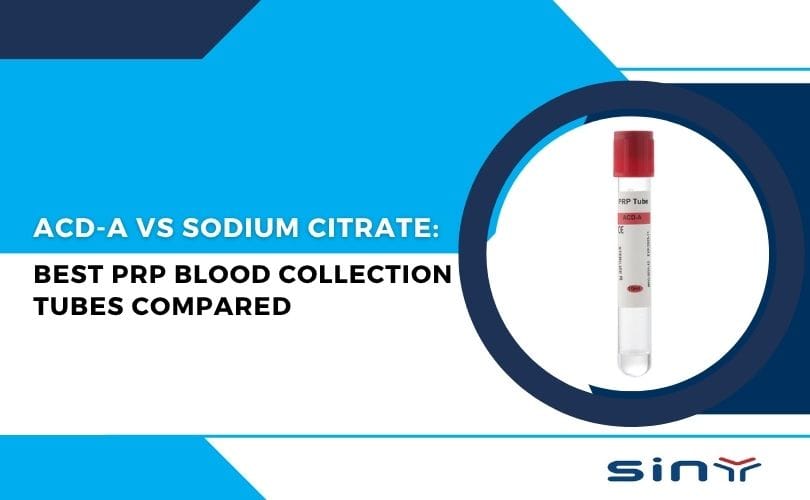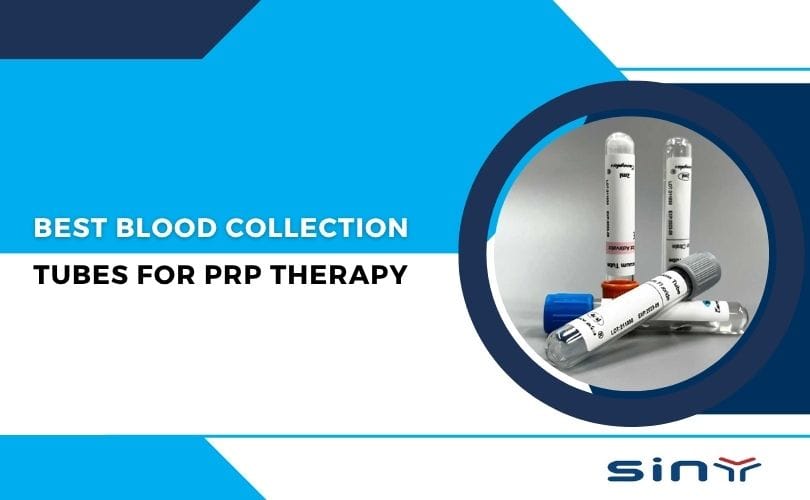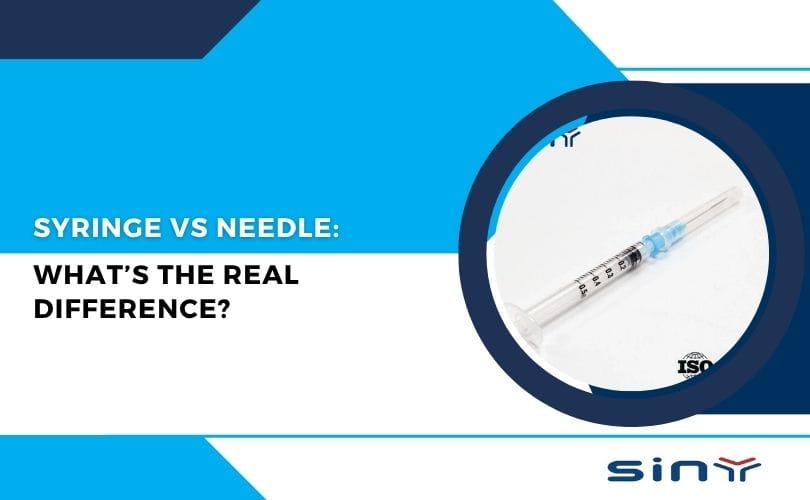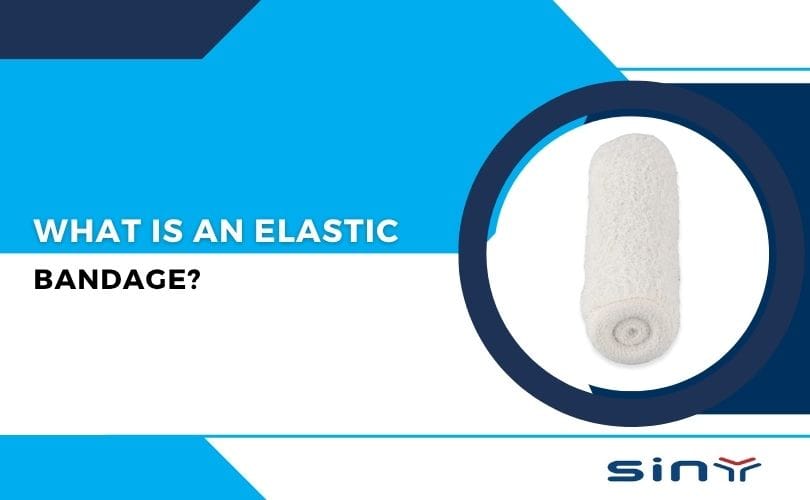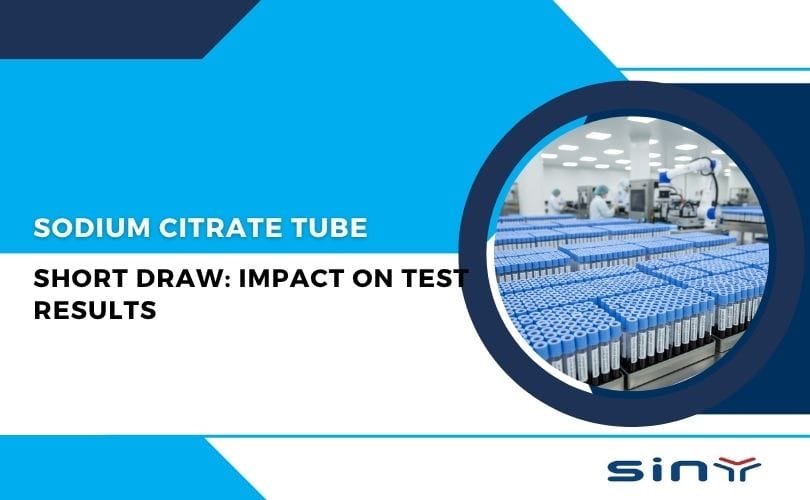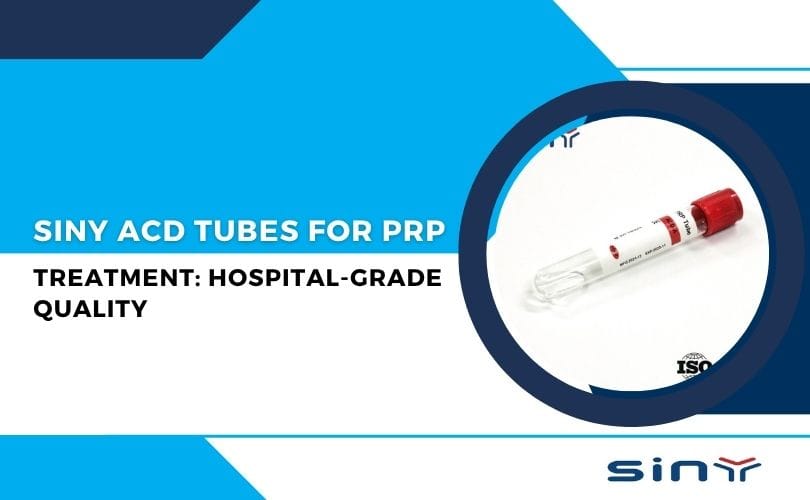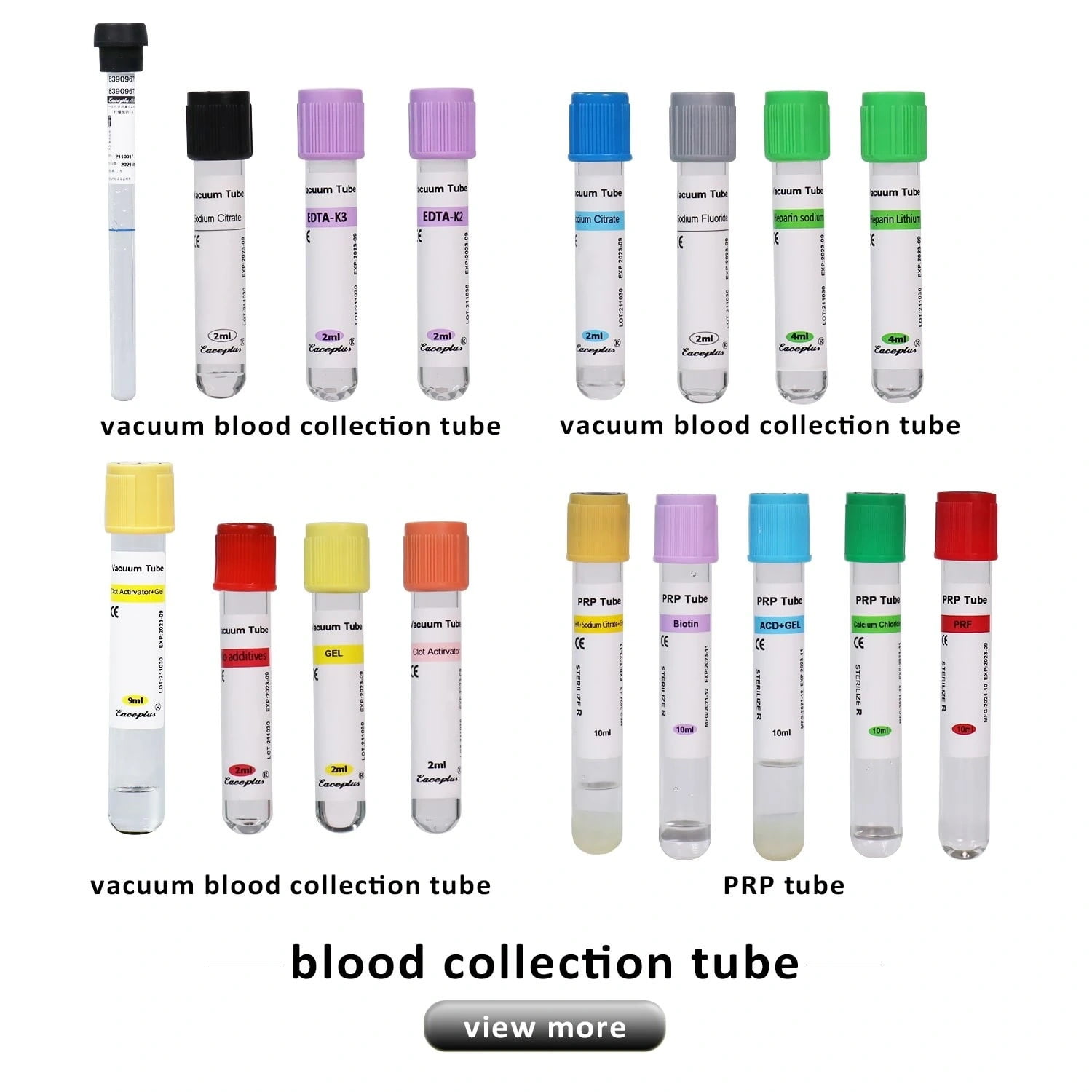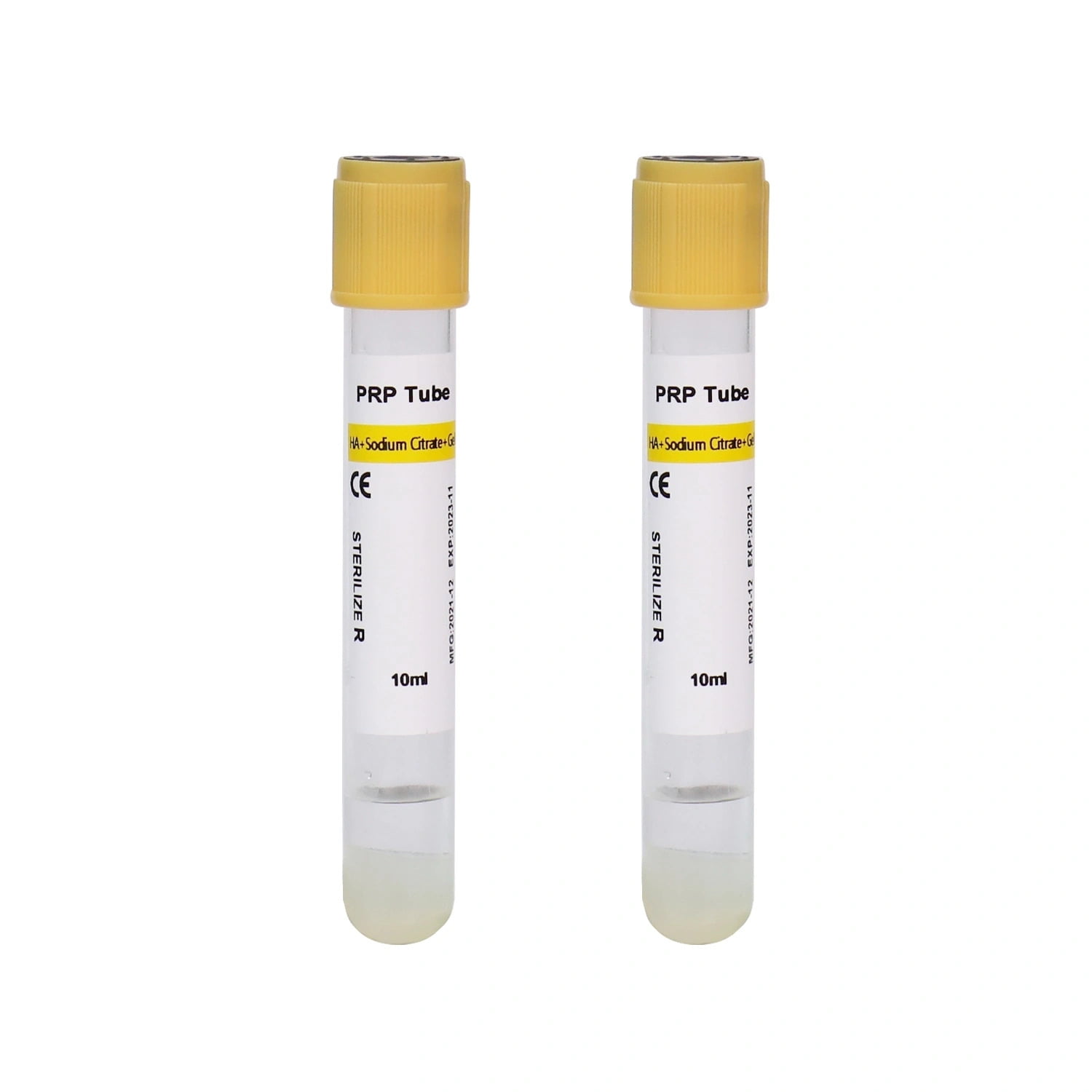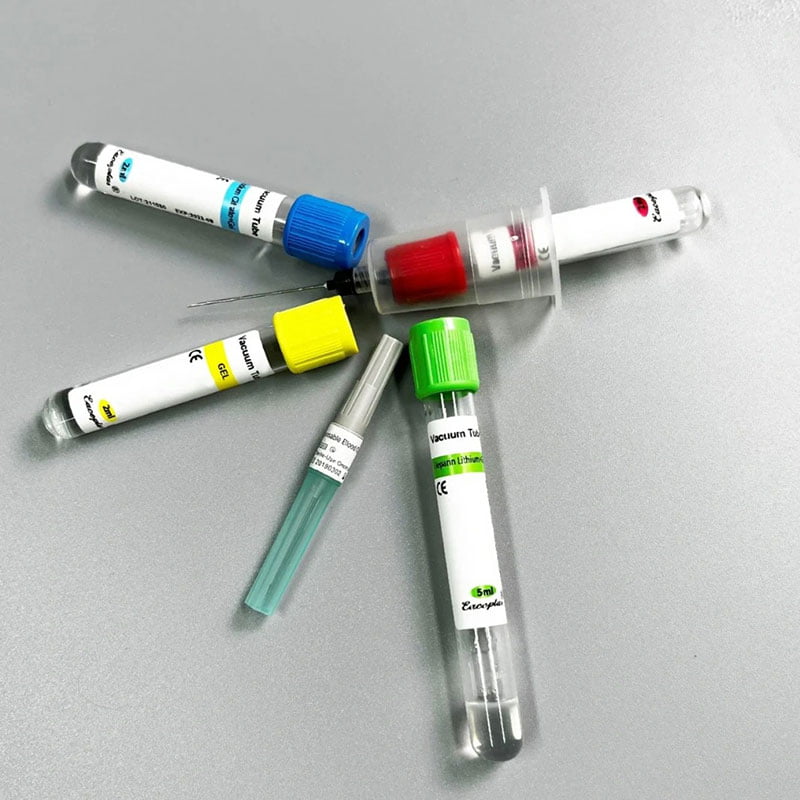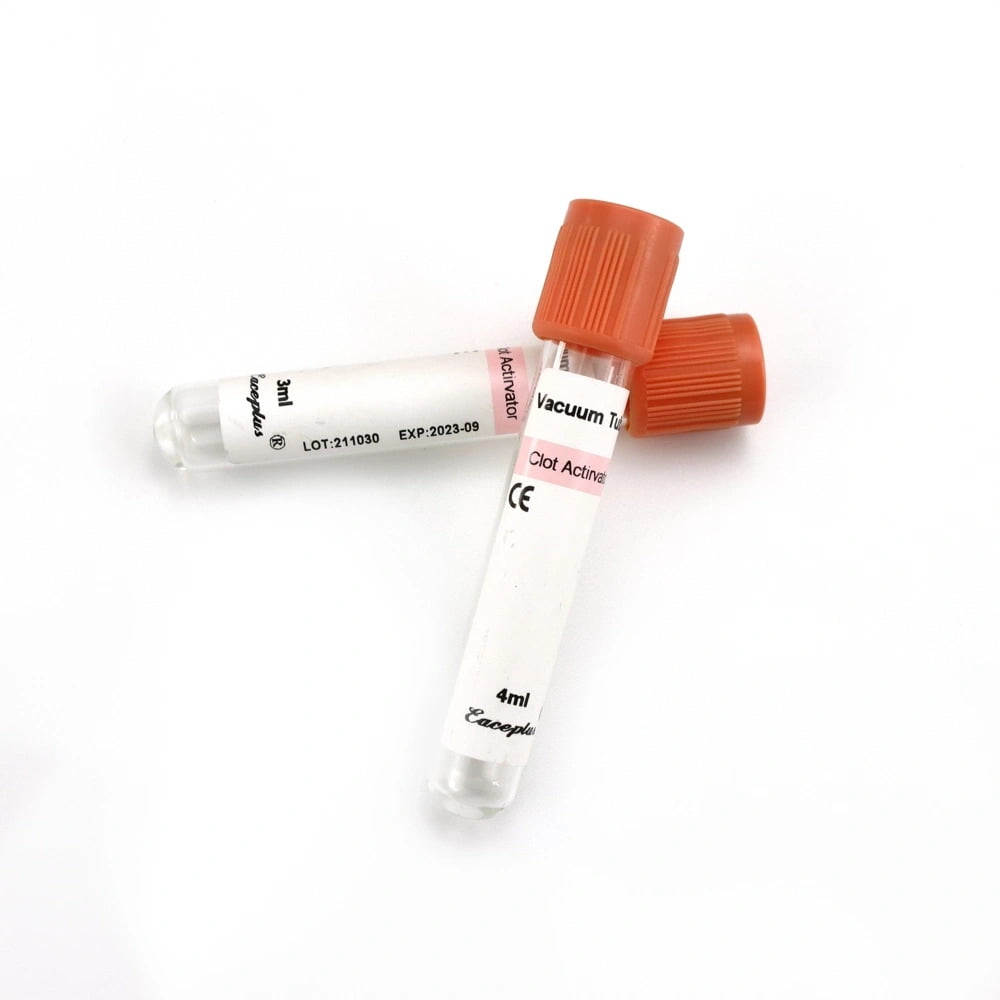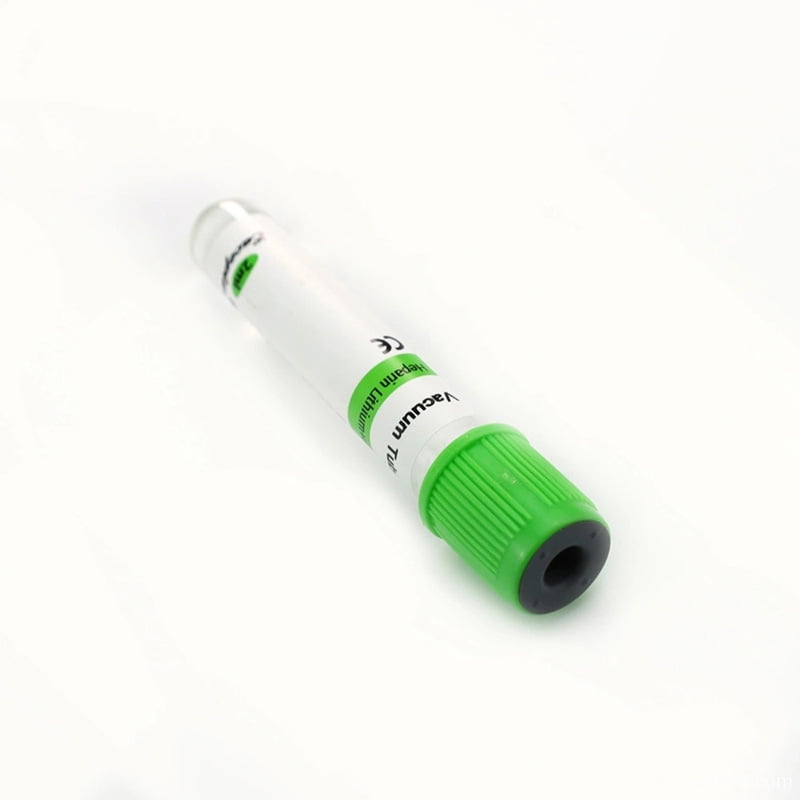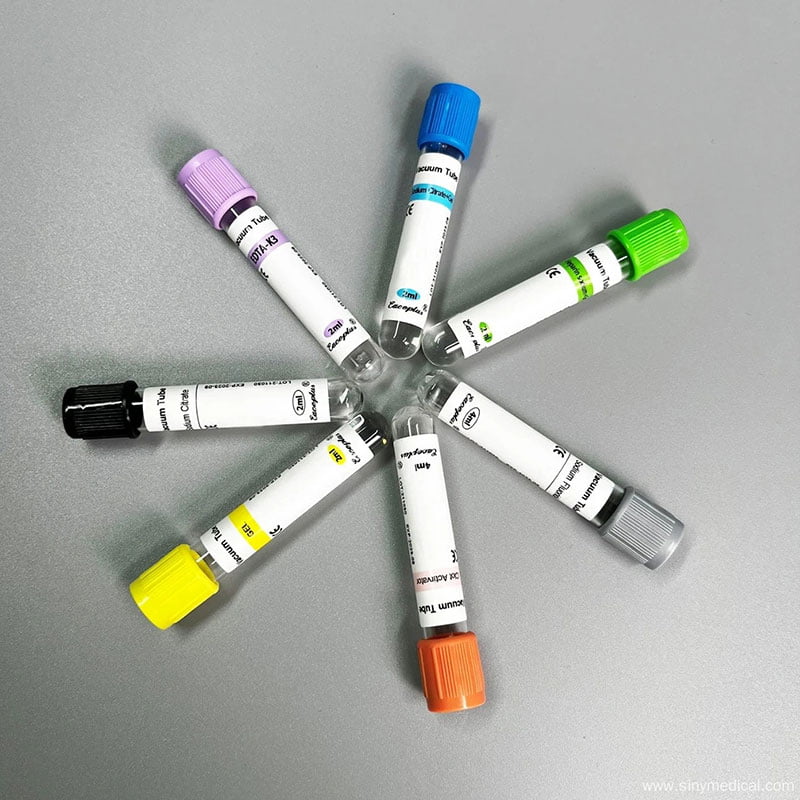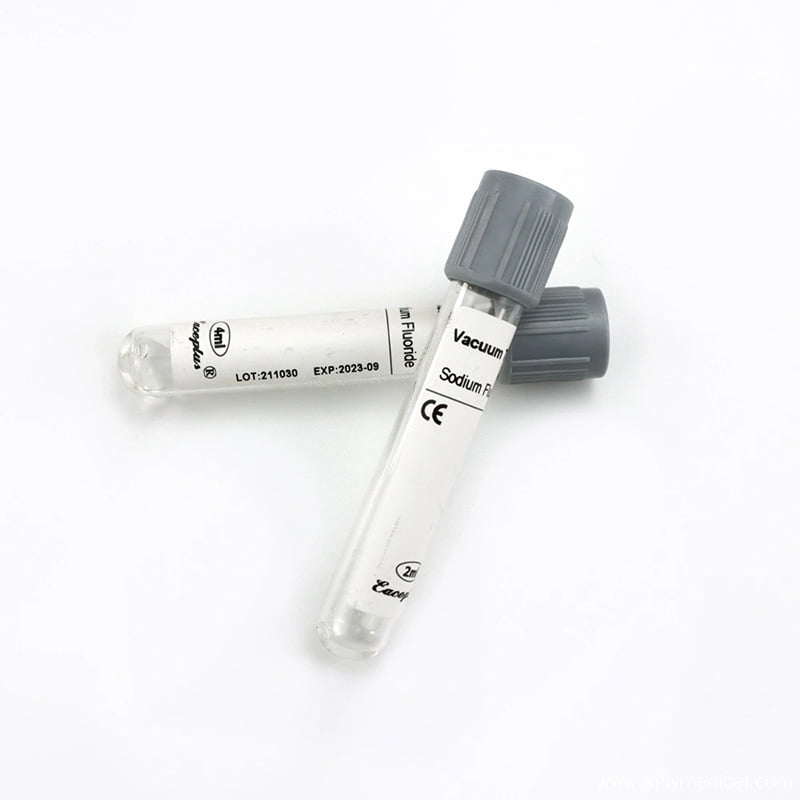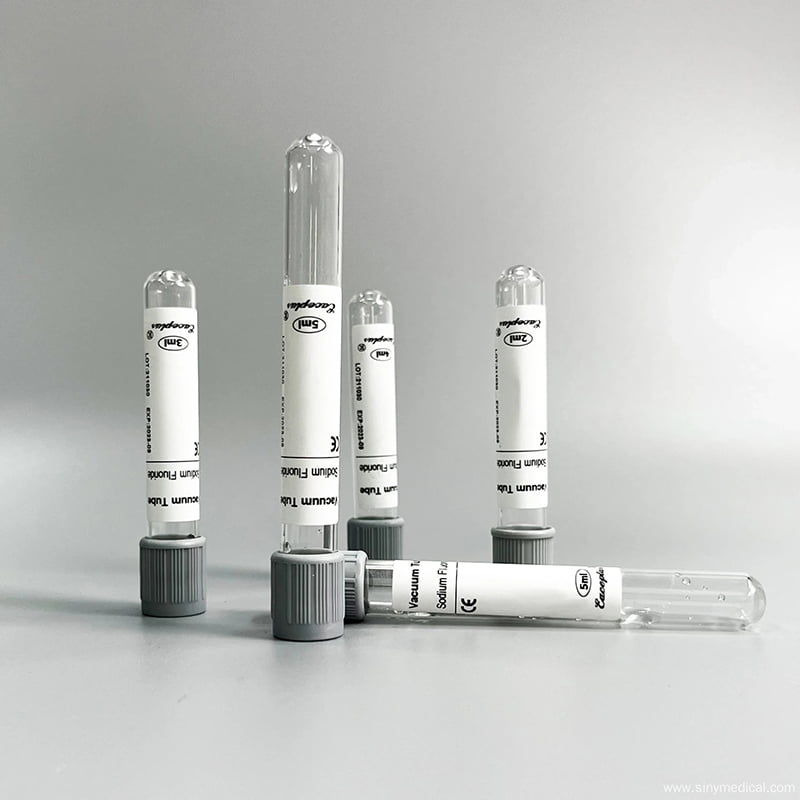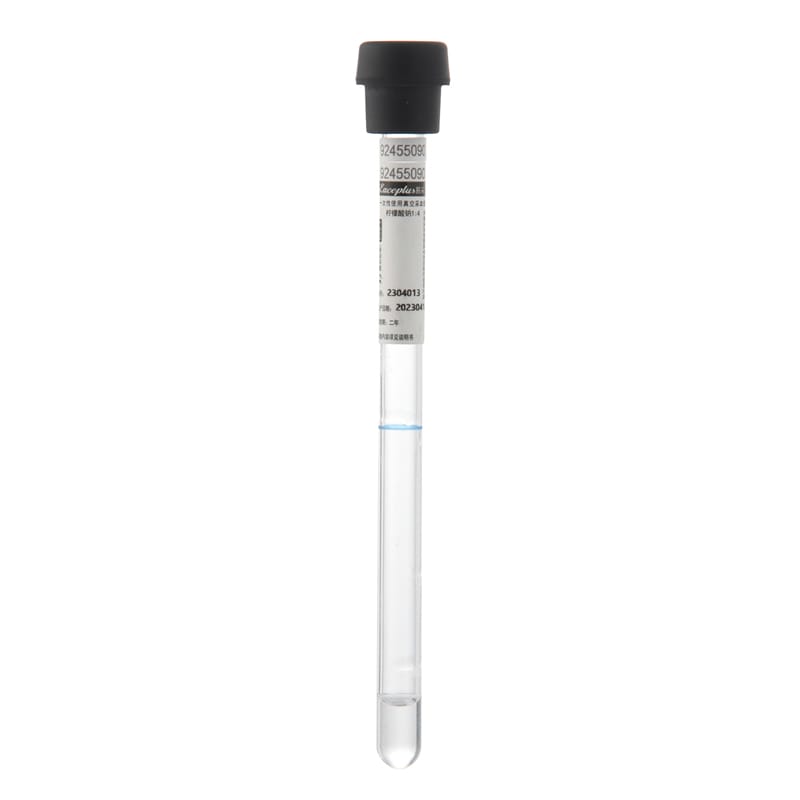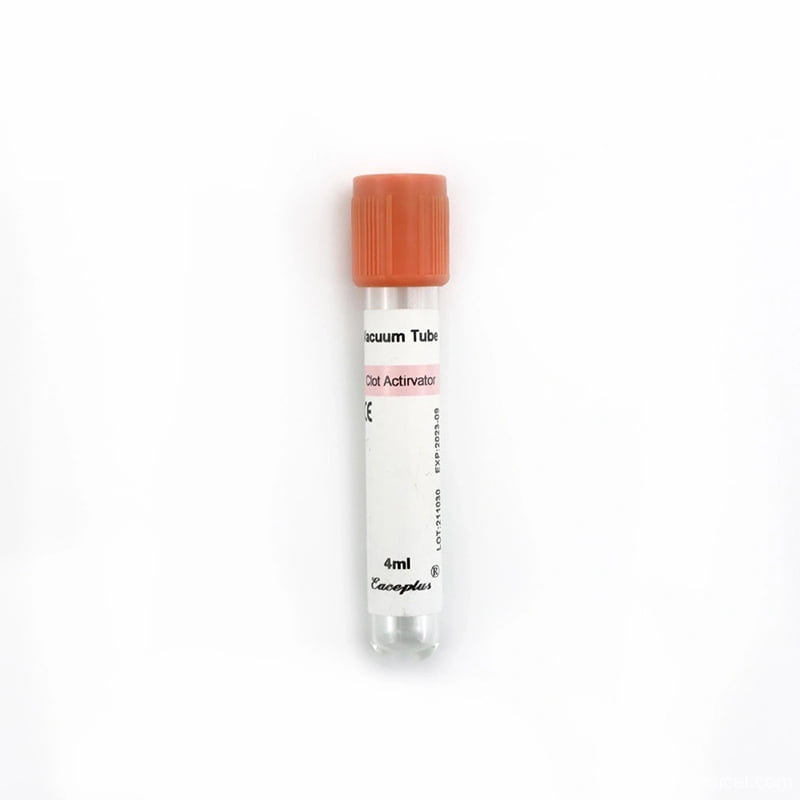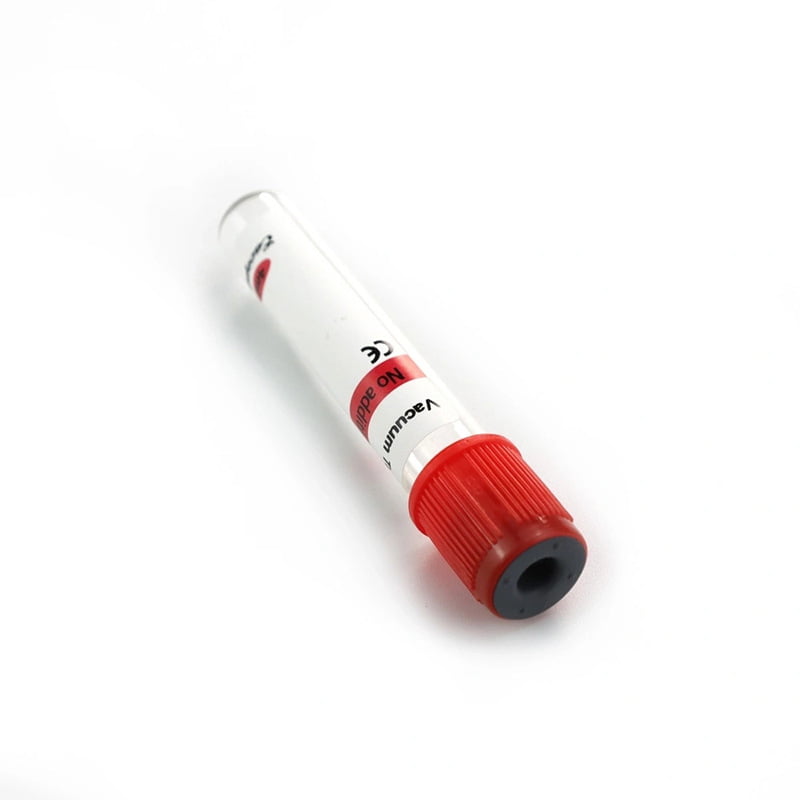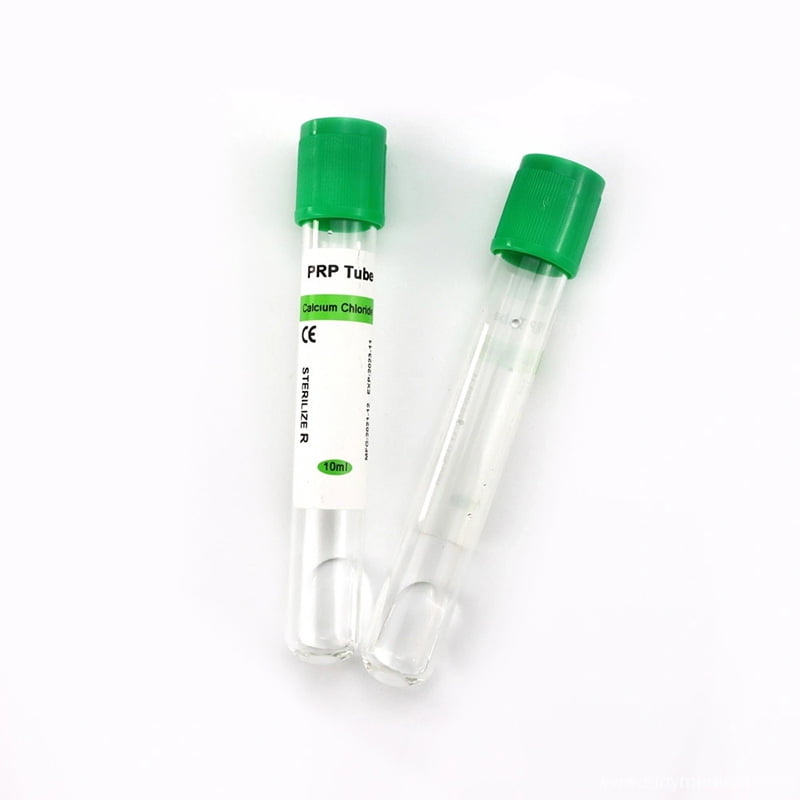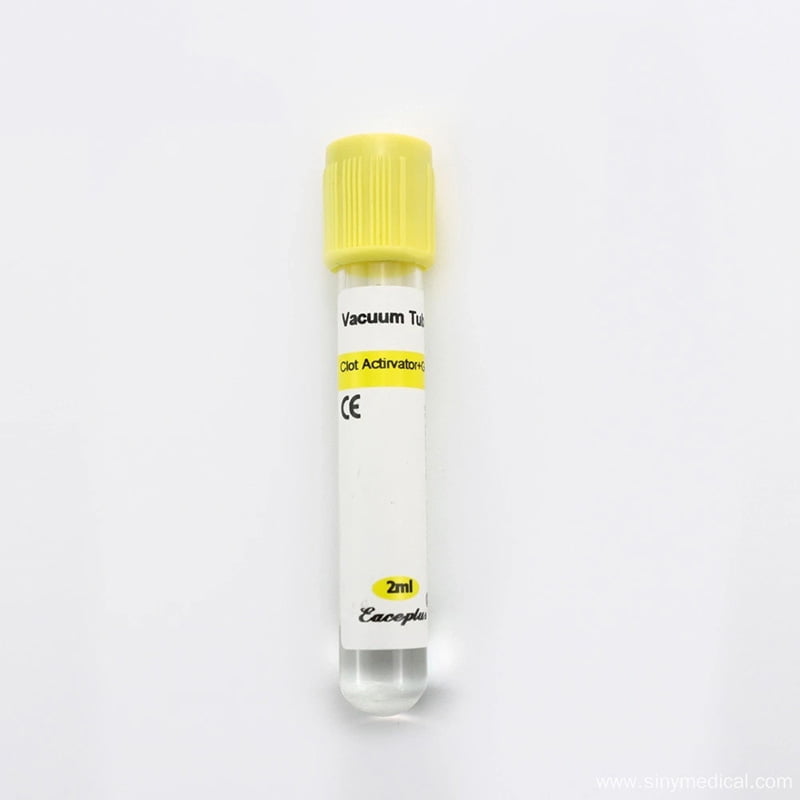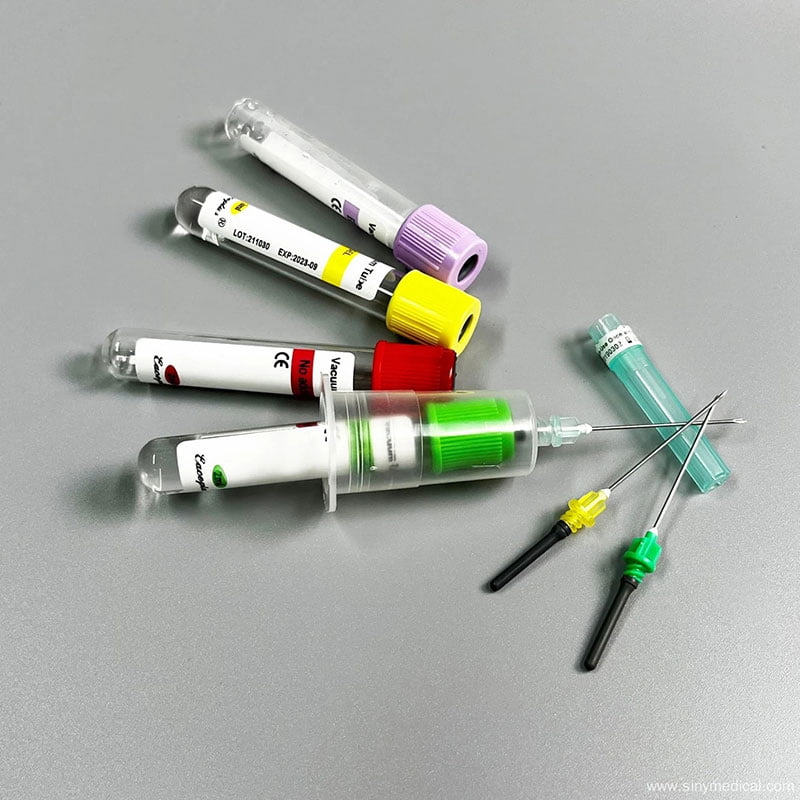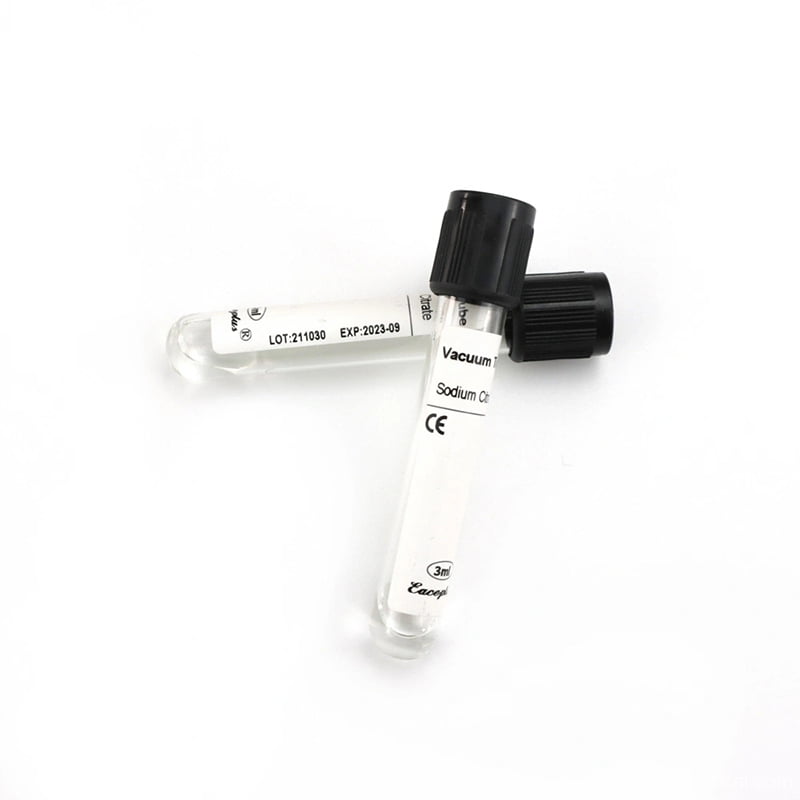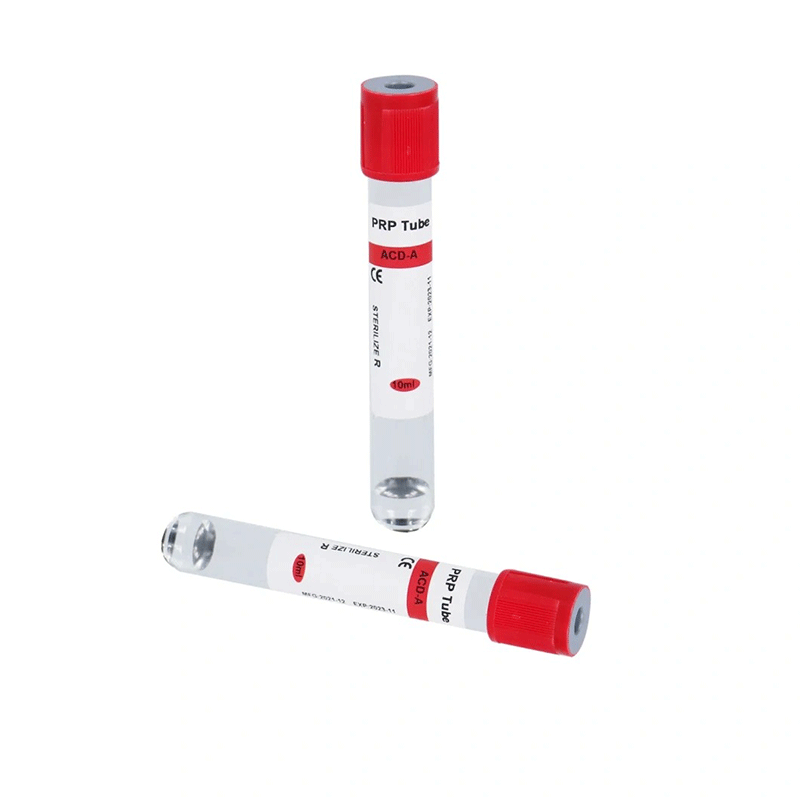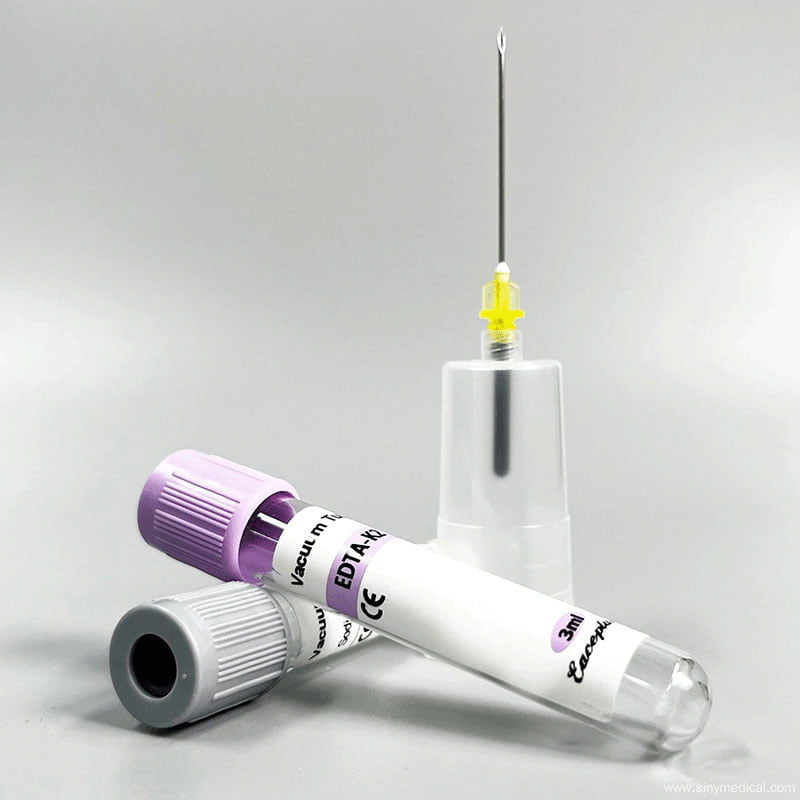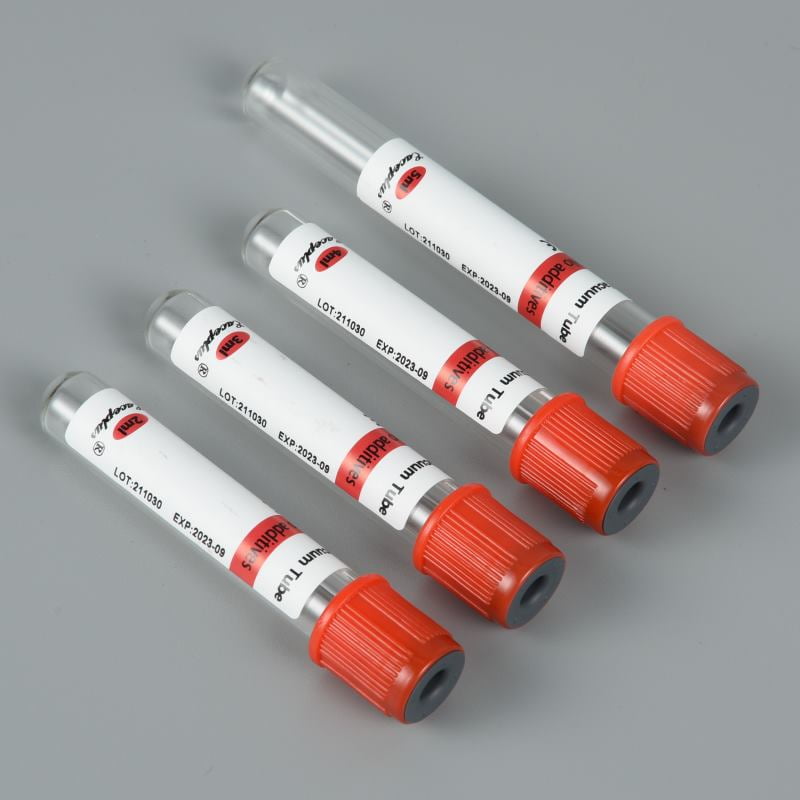The Vacuum Blood Collection Tube is a cornerstone of modern medical diagnostics, enabling efficient and safe blood sample collection. These tubes are designed to maintain the integrity of blood samples, ensuring accurate test results. At Siny Medical, we specialize in producing high-quality vacuum blood collection tubes that meet global standards. This blog delves into the principles, types, and applications of vacuum blood collection tubes, providing a comprehensive guide for healthcare professionals and enthusiasts alike.
Table of Contents
What is a Vacuum Blood Collection Tube?
A Vacuum Blood Collection Tube is a sterile, sealed tube used to collect and transport blood samples for laboratory testing. The tube contains a pre-measured vacuum that draws blood into it when a needle is inserted into a vein. This mechanism ensures precise volume collection and minimizes contamination risks.

Manufacturers produce these tubes in various sizes and frequently coat them with additives to preserve blood samples for specific tests. For instance, 1-10ml Tube Vacuum Blood Collection with CE is ideal for small-volume collections, while larger tubes cater to different diagnostic needs.
How Does a Vacuum Blood Collection Tube Work?
The principle behind vacuum blood collection tubes is simple yet ingenious. Here’s how it works:
- Vacuum Mechanism: The tube is pre-evacuated, creating negative pressure inside. When a needle punctures the vein and the tube, the vacuum draws blood into the tube.
- Additives: Many tubes contain additives like anticoagulants or clot activators to prepare the blood for specific tests. For example, EDTA Non-Vacuum Blood Collection Tube prevents clotting for hematology tests.
- Sealing: The tube is sealed to maintain sterility and prevent leakage during transport.
This process ensures consistent and reliable blood collection, reducing errors and improving diagnostic accuracy.
Types of Vacuum Blood Collection Tubes
Vacuum blood collection tubes categorize based on their additives and intended use. Here are the most common types:
- Serum Tubes: These tubes contain clot activators for serum separation.
- EDTA Tubes: These tubes prevent clotting and are ideal for hematology tests. Learn more about What Are Non-Vacuum Blood Collection Tubes?.
- Heparin Tubes: Heparin serves as an anticoagulant for separating plasma in chemistry tests.
- Glucose Tubes: These tubes contain sodium fluoride to preserve glucose levels for diabetes testing.
Explore CE Certified Medical Vacuum Blood Collection Vessel for high-quality options.
Principle of Vacuum Blood Collection Tube
The core principle of the vacuum blood collection tube lies in negative pressure. These tubes are pre-evacuated, meaning we remove air to create a partial vacuum inside. When the needle penetrates the vein and the tube’s stopper, the vacuum inside pulls blood into the tube automatically. The pressure difference between the vein and the tube drives the flow without manual suction.
This principle offers a safer, faster, and more efficient blood draw process with reduced risk of hemolysis.
Components of a Vacuum Blood Collection Tube
Each vacuum blood collection tube consists of:
- Tube Body: Made from glass or plastic, it holds the blood sample securely.
- Rubber Stopper: A sterile, self-sealing stopper that prevents contamination and maintains vacuum.
- Vacuum: Pre-measured vacuum inside the tube creating negative pressure.
- Additives: Various clot activators, anticoagulants or gels depending on the test requirements.
For a closer look, check the CE-certified medical vacuum blood collection vessel available at Siny Medical.
How Vacuum Blood Collection Tubes Work
When the healthcare professional inserts the needle into the vein and attaches the vacuum tube, the internal vacuum inside the tube creates suction. The suction pulls blood from the vein directly into the tube until it neutralizes the vacuum pressure.
The principle behind vacuum blood collection tubes is simple yet ingenious. Here’s how it works:
- Vacuum Mechanism: The tube is pre-evacuated, creating negative pressure inside. When a needle punctures the vein and the tube, the vacuum draws blood into the tube.
- Additives: Many tubes contain additives like anticoagulants or clot activators to prepare the blood for specific tests. For example, EDTA Non-Vacuum Blood Collection Tube prevents clotting for hematology tests.
- Sealing: The healthcare professional seals the tube to maintain sterility and prevent leakage during transport.
This process ensures consistent and reliable blood collection, reducing errors and improving diagnostic accuracy.
Vacuum vs. Non-Vacuum Blood Collection Tubes
One big question is: why not just use non-vacuum tubes?
According to Siny Medical’s guide on Non-Vacuum Tubes, the difference lies in:
- Vacuum Tubes: Closed system, sterile, pre-dosed with additives, safer for large-scale diagnostics.
- Non-Vacuum Tubes: Open system, often require syringes, higher risk of contamination, but sometimes used in smaller clinics.
Both have roles in healthcare, but for hospitals, the vacuum blood collection tubee is the standard.
Summary
The Vacuum Blood Collection Tube is a vital tool in modern healthcare, enabling safe, efficient, and accurate blood sample collection. Understanding its principles, types, and applications can help healthcare professionals optimize diagnostic processes. At Siny Medical, we are committed to providing high-quality vacuum blood collection tubes that meet global standards. Explore our range of products and contact us at Contact Siny Medical for more information.
For further insights, watch our videos on YouTube or explore our products on Made-in-China. Learn more about the history of vacuum tubes on Wikipedia.
FAQs
Why are vacuum tubes preferred over syringes?
Vacuum tubes provide a safer, cleaner, and more efficient blood collection method reducing needle-stick injuries and contamination.
Can vacuum tubes be reused?
No, vacuum blood collection tubes are single-use to ensure sterility and sample integrity.
How long can blood samples be stored in vacuum tubes?
Storage depends on the additive, and laboratories typically process samples within hours to days following established guidelines.
Are all vacuum tubes compatible with all tests?
No, tube selection depends on the test type and required additives.

